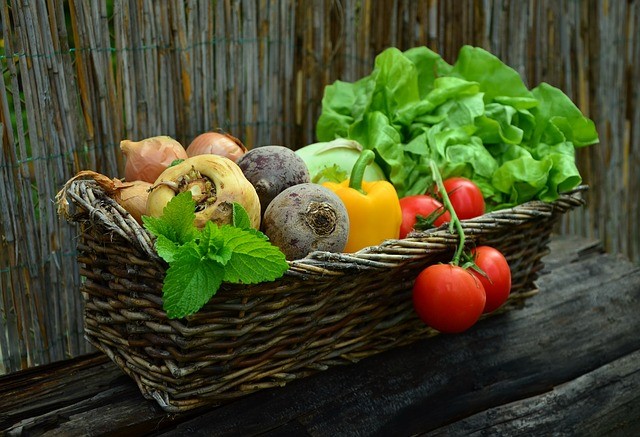2018.09.16

How is the reference value of the radioactive substance of food decided?
Reference value of radioactive material, in accordance with the provisions of the Food Sanitation Law, is 100 Bq/kg for general food (rice, vegetables, meat, eggs, fish, etc). It is 50 Bq/kg for milk and other dairy products, and 10Bq/kg for drinking water. This level is designated on a conservative assumption that 50% of the food in the market is radioactively contaminated and to limit the additional radioactive dose to be less than 1 mSv per year.
How about in other countries? In the U.S., it is 1200 Bq/kg for all food. Codex, the international standard for food designates 1000 Bq/kg. Why Japanese standard is 10 times more strict than it is in the U.S. and Europe?
One big reason is that the government was urged to determine it in the wake of the Fukushima Daiichi nuclear power plant accident that happened in March 2011. Before the accident, there was no reference value for domestically distributed food.
Immediately after the nuclear accident, the government set the annual allowable additional radiation dose to be 5 mSv, applying enough margin of safety. From this value, provisional reference level of 500 Bq/kg for food (200 Bq/kg for dairy product and drinking water) was calculated. This level was more stringent than the world Codex.
Later, the government lowered again the level of annual allowable additional radiation dose to 1mSv. Accordingly, the reference value was reset to 100 Bq/kg for food (50 Bq/kg for dairy product and 10 Bq/kg for drinking water) .
As described above, the reference value of 100 Bq/kg in Japan can be said to be a pretty strict criterion. Currently, there is hardly no food in Fukushima that measures even close to that. On the contrary, most of the results of inspection of foods in market is less than the detection limit (minimum amount detectable).
Reference: http://www.mhlw.go.jp/shinsai_jouhou/dl/leaflet_120329.pdf (Ministry of Health, Labor and Welfare, in Japanese)




